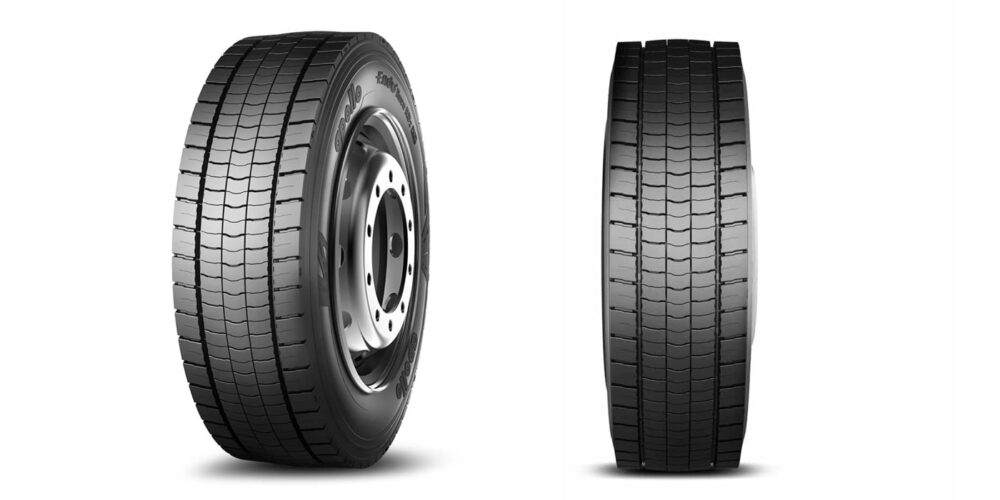Several factors will soon eliminate the universal heavy-duty diesel engine oils we’ve used for years. These changes will complicate life for fleet operators.
For years, large fleet operators and oil marketers depended upon “universal” diesel engine oils. Many fleets utilized several engine designs, and they didn’t want to handle multiple oils to minimize maintenance errors. Oil marketers sought to minimize the number of oils they marketed to simplify logistics and minimize costs. The “universal” oil should become extinct by 2016 at the latest.
On the diesel-fueled side of the house, changes will occur in 2016 due to the new federal fuel economy regulations. The EPA has changed the game by requiring reduced carbon emissions (GHG) and improved fuel economy. Engine OEMs will want to reduce EGR and advance injection timing to improve fuel economy. These changes will require significant engine reconfiguration. Most engine manufacturers currently think they also will need help from engine oils to meet their fuel economy targets. That’s why they formally requested a new diesel engine oil performance category (called PC-11 until commercialization) to be developed by 2016.
Racers have long utilized less viscous (thinner), synthetic oils to produce significant horsepower gains. Both fuel economy and horsepower are realistic indicators of absolute engine efficiency, so reduced viscosity, synthetic oils also will improve fuel economy. But synthetic oils are expensive compared to mineral oils. Thinner oils also produce measurable fuel economy gains, but the diesel engine of today has been designed around SAE 15W40 grade oils.
NASCAR and NHRA engine builders learned to incorporate less viscous engine oils by building engines with reduced connecting rod and main bearing clearances to maintain sufficient oil pressure, thereby protecting component durability. They also increased engine idling speeds. Current diesel engines can’t tolerate very thin oils without significant reductions in component clearances.
I think there will be two new diesel engine oils in 2016: A thin, possibly synthetic, oil that will be called “CK something” for 2016 and later model year diesel engines, and a more viscous “CK something” oil for prior model year engines. Be careful trying the less viscous oil in older equipment. Wide clearances will bleed off oil pressure, particularly at hot idle (you need about 20 PSI minimum). Also, minimize idling and increase idle speed since engines aren’t well lubricated at lower RPMs.
With President Obama’s re-election we also should see renewed interest in biofuels. That will probably translate into higher percentages of biodiesel in ULSD. Since biodiesel doesn’t evaporate as easily as ULSD, many biodiesel-fueled engines have encountered fuel dilution of the oil in the crankcase. To offset potential engine failures, many oil suppliers require shorter change intervals when using fuels containing higher concentrations of biodiesel. A biodiesel compatible oil will most likely be developed for B5 and higher fuels.
The current interest in gaseous fuels (CNG, LNG and propane) also will require reformulated oils. Gaseous fuels tend to produce higher combustion chamber temperatures and consequently more oil oxidation than diesel-fueled engines.
Since gaseous fuels produce so little soot when burned, engine oil requirements for soot protection are significantly reduced. This is a good thing, because ashless dispersants, which are used to improve soot handling capability, oxidize more rapidly at higher temperatures than other oil additives.
Several oil marketers are currently developing engine oils for fleets utilizing gaseous fuels. One advantage for using gaseous fuel oils is that oil change intervals should be able to be increased significantly since these fuels don’t contaminate the crankcase oil as rapidly as ULSD or biodiesel blends.
So, look for the possibility of as many as four new fleet engine oils, or three new oils plus reduced drain intervals for biodiesel-fueled engines by 2016. I told you life would be getting more complex.













